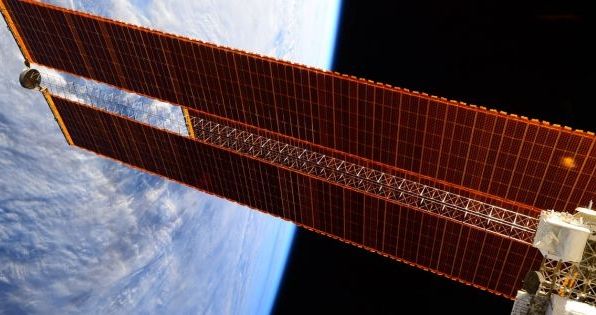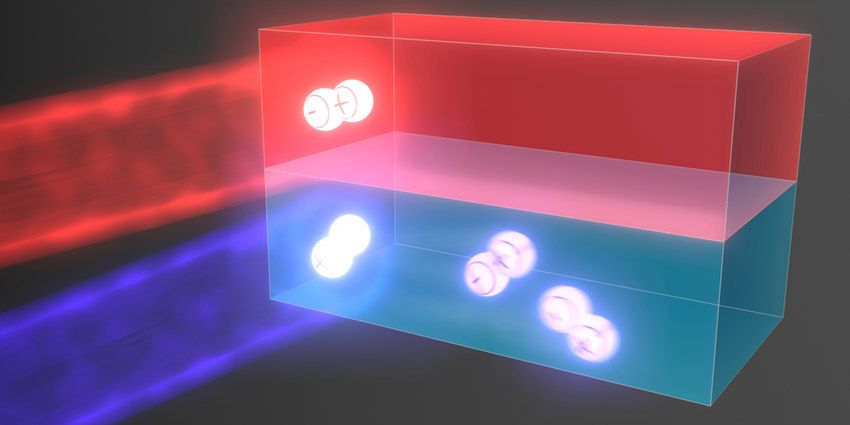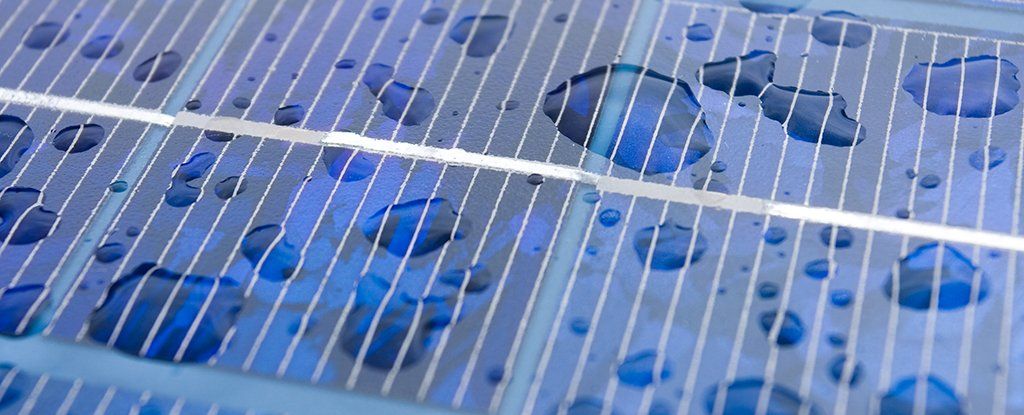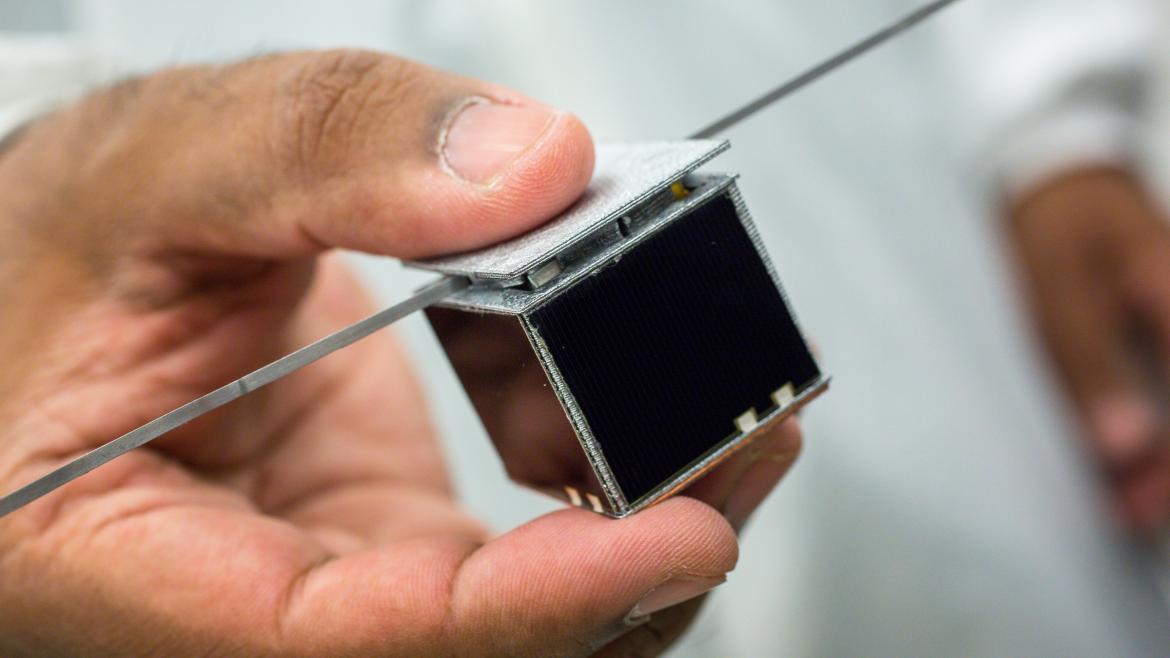Apr 16, 2016
Caltech’s 2500 Orbiting Solar Panels Could Provide Earth With Limitless Energy
Posted by Shailesh Prasad in categories: solar power, space, sustainability
The Space Solar Power Initiative (SSPI), a collaboration between Caltech and Northrup Grumman, has developed a system of lightweight solar power tiles which can convert solar energy to radio waves and can be placed in orbit to beam power to an energy-thirsty Earth.
One of the greatest challenges facing the 21st Century is the issue of power—how to generate enough of it, how to manufacture it cheaply and with the least amount of harmful side-effects, and how to get it to users.
The solutions will have to be very creative—rather like what the Space Solar Power Initiative (SSPI), a partnership between Caltech and Northrup Grumman, has devised.
Continue reading “Caltech’s 2500 Orbiting Solar Panels Could Provide Earth With Limitless Energy” »















